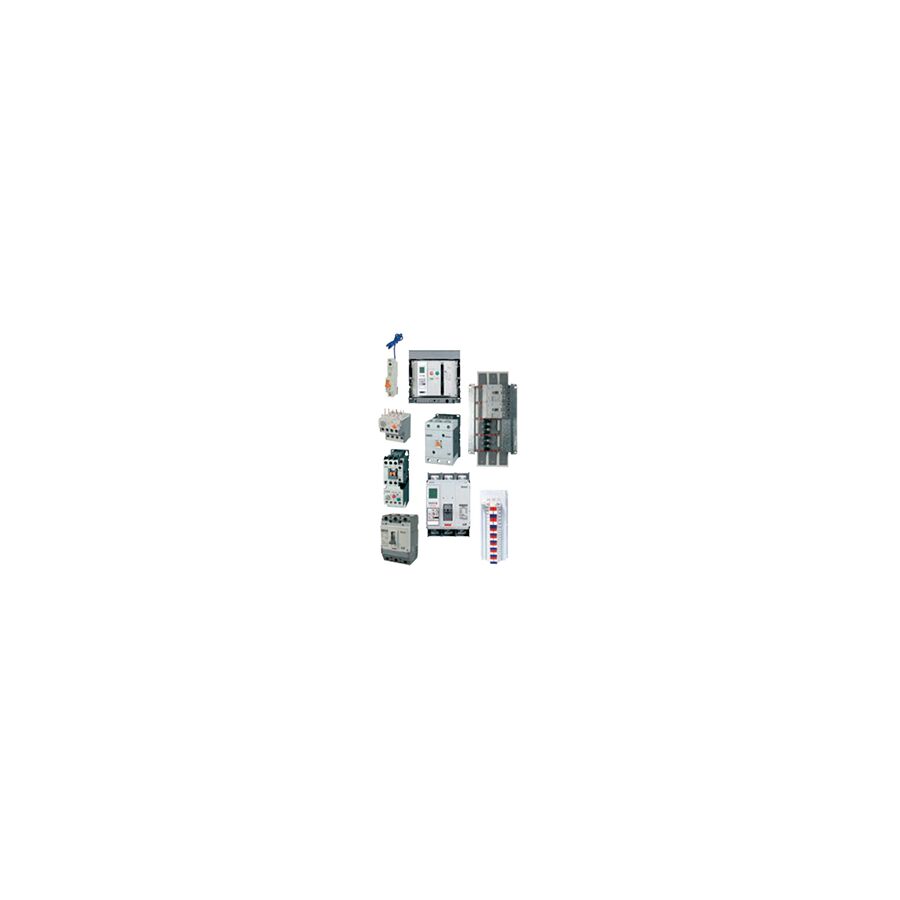Kingsgrove Branch:
Type B RCBO

G'day! If you're a professional installer or a very savvy homeowner having a squiz at a switchboard, you'll know that the modern standard for safety is the RCBO – that clever two-in-one safety switch. But then you might notice another bit of jargon on the side: "Type C" or, less commonly, "Type B".
What in the blazes does that mean? If you're wondering what a Type B RCBO is and why it's different, you've come to the right place. It's a specialist bit of kit, and getting your head around it is fair dinkum crucial for a safe, compliant job.
A Quick Refresher: What's an RCBO, Anyway?
First up, let's remember what an RCBO (Residual Current Breaker with Overload protection) actually is. It’s a "two-for-one" safety device that combines two critical jobs:
- The Safety Switch (RCD) Job: This is the life-saving part. It detects tiny leaks of current (residual current) and trips in a fraction of a second to prevent you from getting a fatal electric shock.
- The Circuit Breaker (MCB) Job: This is the fire-prevention part. It protects the wiring in your walls from overloads (too many appliances) or short circuits.
The "Type" Explained: It's All About the Tripping Curve
Righto, this is the most important bit. The "Type" (like B, C, or D) has nothing to do with the life-saving safety switch part. That's a separate function.
The "Type" refers to the tripping curve of the circuit breaker (overload) part. It defines how sensitive the breaker is to a sudden inrush of current.
Type C: The Aussie Standard
If you look at 99% of the breakers in Aussie homes, they'll have a "C" on them (e.g., C16, C20). Type C is the general-purpose, "do-it-all" breaker. It's designed to handle a moderate inrush current – that's the quick, high burst of power an appliance needs to start up. Think of the kick from your fridge compressor, your air conditioner, or a power tool. A Type C breaker ignores this quick, harmless surge so it doesn't trip unnecessarily.
Type B RCBO: The Sensitive One
A Type B RCBO is much, much more sensitive. It's designed to trip much faster on a smaller surge (typically 3-5 times the rated current, whereas a Type C is 5-10 times).
So, Where the Bloody Hell Would You Use a Type B?
If Type C is the standard, why would you ever use a Type B RCBO? You'd use it in special situations where you don't have a big inrush current, and you want faster protection for your gear.
The main applications are:
- Purely Resistive Loads: This means things that don't have big motors or compressors. Think of circuits that only supply simple electric hot water systems or basic electric room heaters.
- Sensitive Electronic Equipment: In some specific commercial or data setups, a Type B might be specified to provide more sensitive protection for delicate electronics.
- Long Cable Runs: In some situations (and this is where the pros do their calculations), a Type B breaker might be needed on a very long cable run to ensure it trips fast enough under a short-circuit condition.
You generally wouldn't use a Type B on your standard power point or air con circuits. Why? Because it would be a proper pain in the backside, mate! It would likely trip every time your fridge motor kicked in or you turned on the vacuum cleaner.
This is Strictly a Job for a Licensed Professional
Let's be dead clear. Choosing the right "Type" of circuit breaker isn't a guess. It's a complex, technical decision that a licensed electrician makes after calculating the maximum demand of the circuit, the type of load, and the fault loop impedance (a measure of how quickly a fault will trip) to ensure it complies with Australian Standards (AS/NZS 3000).
Installing any RCBO is absolutely not a DIY job. It's illegal, extremely dangerous, and must only be done by a qualified professional.
A safe, modern switchboard is the foundation of a safe home. For professional installers and licensed electricians who design and build these systems, sourcing the correct, compliant components is paramount. As one of Australia's most comprehensive electrical wholesalers and suppliers, Schnap Electric Products stocks a complete range of trade-quality switchboard gear. This includes high-quality, certified RCBOs of all types – from the standard Type C breakers for everyday use to the specialist Type B RCBO units required for specific applications. For a switchboard that's built for safety and full compliance, the pros start with quality gear from a supplier like Schnap Electric.
Recent posts

Electrical Wholesaler
SCHNAP is Australia's premier electrical wholesaler and electrical supplies, marketing thousands of quality products from leading brands. Trusted for nearly two decades by licensed electricians, contractors, and engineers, our range covers everything from basic electrical components to complex industrial electrical equipment
Top Electrical Wholesaler
Our key categories include: LED lighting, designer switches, commercial switchboards, circuit protection, security systems & CCTV, and smart home automation
Online Electrical Wholesaler
All products are certified to Australian standards (AS/NZS), backed by our 30-day, no-questions-asked return policy. Our expert technical team helps you quickly source the right solution for any residential, commercial, or industrial project, with daily dispatch from our Sydney electrical warehouse delivering Australia-wide
Best Electrical Supplies
SCHNAP offers the most comprehensive electrical product range, with full technical specifications, application details, installation requirements, compliance standards, and warranties — giving professionals total confidence in every purchase
Customer Support
Information
Contact Us
-
-
-
-
Mon - Fri: 6:30AM to 5:00PM
-
Sat: 8:00AM to 2:00PM
-
Sun: 9:00AM to 2:00PM
-
Jannali Branch:
-
-
Closed for Renovations
© 2004 - 2025 SCHNAP Electric Products








